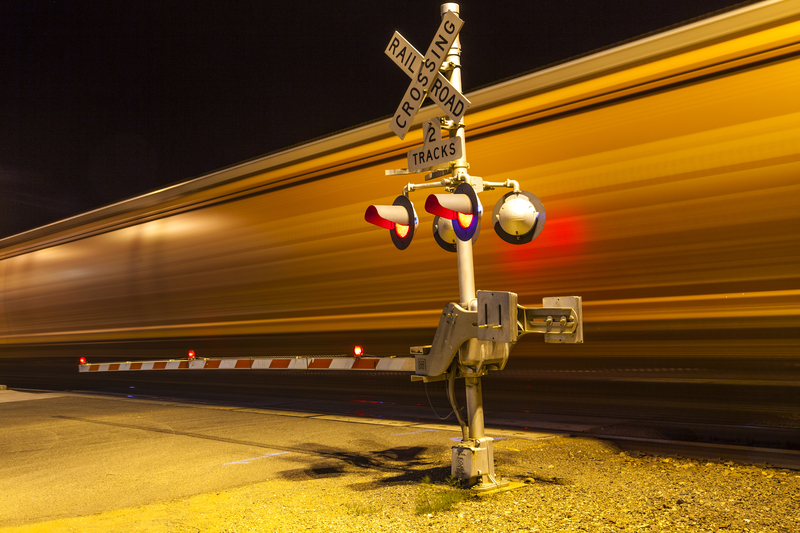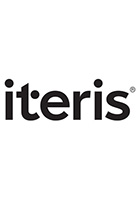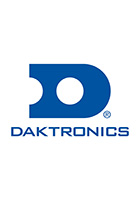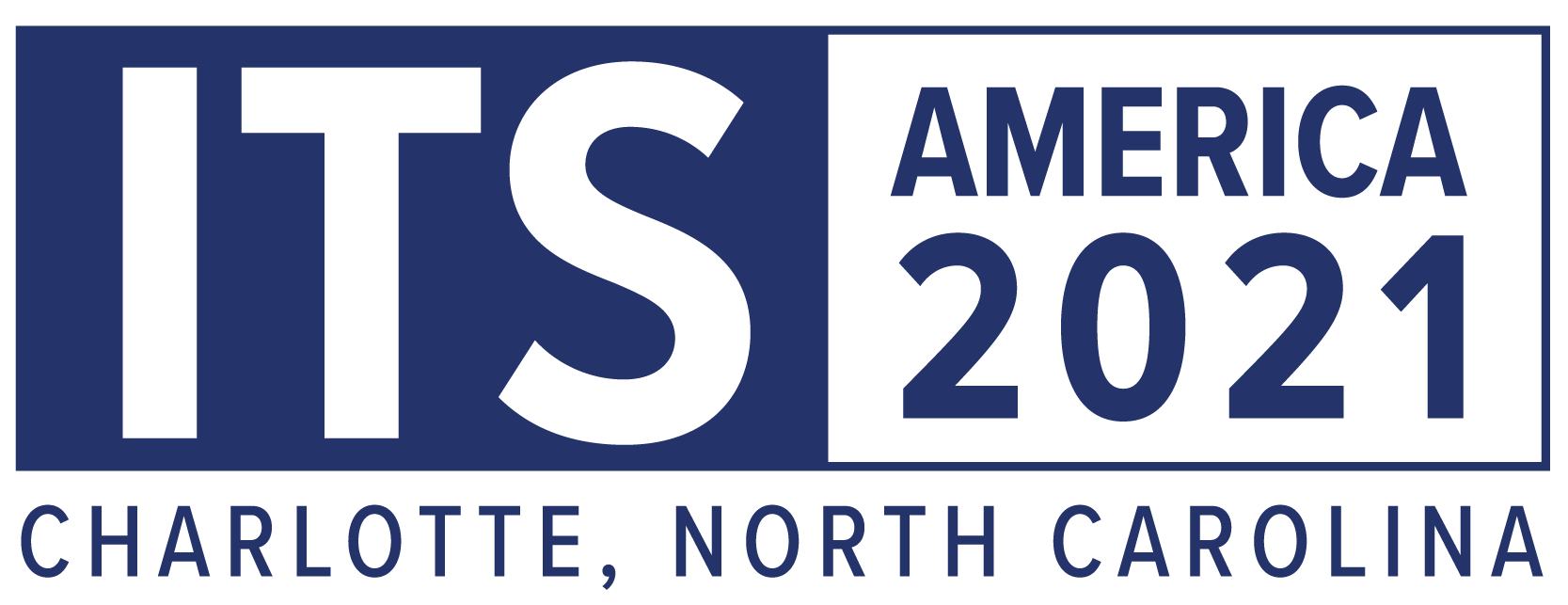
Unfortunately, road authorities have few other options to address this problem. Because train information has been unavailable, rail crossings are one of the few areas where traffic managers lack visibility.
Trainfo has developed new technologies that predict when crossings will be blocked up to 10 minutes before a train arrives.
The firm integrates this information into traffic management systems and traveller information systems to help road authorities improve traffic operations around rail crossings and re-route vehicles away from trains.
For the first time, public agencies can proactively adjust traffic signals before, during, and after a rail crossing blockage event to minimise traffic impacts - and drivers can avoid delays and collision risks with trains.
Trainfo's proprietary sensors are specially designed to detect trains with 99.9% accuracy.
Sensors are installed on public right-of-way and can be implemented without involvement or approval from railroads. The firm says its patented, machine-learning processes determine train type (freight or passenger), speed, and direction and its API ensures “seamless” integration into customers’ existing systems.
You can find the company at their booth or visit the website to see why the cities of Chicago and Seattle, Indiana DOT, and others have chosen Trainfo to help solve their rail crossing issues.
Booth: 1018














